I challenged myself to write DAILY on a brand-new medical website and document my progress. I’d like to be able to publish a lot more content, but this medical SEO case study should also reflect the services I can really provide to our clients.
It’s not difficult to write 5-10 articles in a day and I’m sure this content velocity would propel my test project faster in the SERPs, but my agency cannot currently sustain this type of growth at the moment. Not to mention that our clients cannot financially support this type of commitment.
I find it useless to present case studies with services and SEO strategies that are beyond our customers’ reach, so I’ve decided to stick to a sustainable way to grow a website, something anyone can replicate, if they want to.
So here is the plan:
- A new and secret medical website gets on average 1 post a day. I started my test case study reporting on February 1st, 2024.
- I document my progress here and also on Linkedin (got some great feedback and I know many of you love LI).
- You’ll find out what strategies we employ and honest ranking data every month.
Table of Contents
Case Study Month By Month
Initial situation: February 1st, 2024
Reading Spencer Haws‘s case study on posting 1,000 articles on Niche Pursuits in a year, it dawned on me that I could try an experiment with a medical website and document my progress.
Among all the industries we manage with our local SEO or national SEO services, 2 are close to my heart: medical and fintech. If you make me choose, gun to my head, between these, I’d go with medical all the way.
- Question: how do I build and track a website without influencing its results?
- Answer: I build it away from my “persona“, I don’t link to it from my projects, I treat it as another client website.
This allows me to share ranking screenshots and (hopefully soon) income data, without skewing the results. And, since most of our clients have small DR websites, it’s more relevant to show them they can rank even without breaking the bank with link building.
Building the Medical Website
For my medical website design, I opted for WordPress, which is still one of the most solid and versatile platforms to build on. I opted out of using Elementor, it’s too slow and cumbersome. After years of using it on WebDesignNJ.com, we are moving away from it.
The toolbox for this build:
- Blocksy Theme – I stay away from ThemeForest as much as I can and Blocksy has proven to be fast, gorgeous out of the box, and featured-packed. I use the premium option.
- WP Rocket – to speed up the website
- Rank Math SEO – the pro version. After previously using Yoast or All in One SEO Pack, Rank Math has been my choice for the past 4 years.
- Redirection – while Rank Math has its redirection feature, I like to use this separate plugin.
- Internal Links Manager – to easily create some internal links and automate at least half of my process.
I tried not to spend too much time with the design, the website has an original logo and beautifully customized theme, the main work was in the initial SEO audit and competitor analysis.
Topical Map and Intial Keyword Set
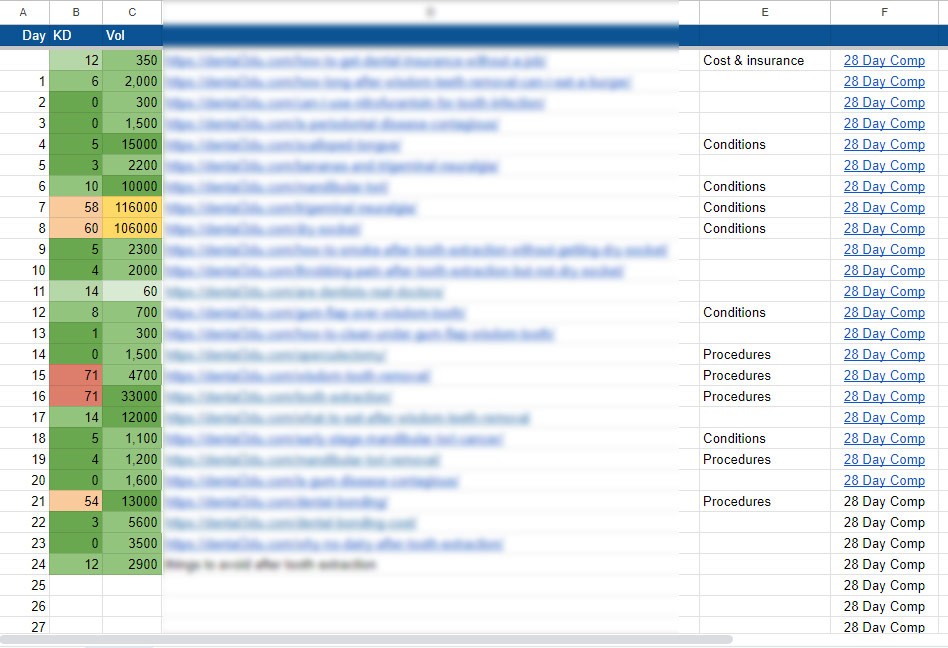
What you see in the image above:
- keyword difficulty – a brand new website should tackle “zero-volume” and low-difficulty keywords at first. Then, as you start ranking for these, move up to the next tier. Even small volumes matter when you have a lot of content written. Traffic is a number game.
- volume – ideally you should rank for keywords that have many people searching for them daily. The hard truth is that most online behemoths are already dominating the SERPs for them.
- each article posted (blurred so that we don’t change the outcome of my experiment)
- main category (since it’s medically related, we’ll have conditions, procedures etc.)
- 28-day comparison – this gets me to Google Search Console to compare the last 28 days with the previous ones for EACH page. Again, old school, I can quickly see trends and find ways to counteract any issues.
I started my research on Ahrefs, looking for small DR websites (like mine) that get decent rankings and traffic. There’s no reason for me to go after WebMD or MayoClinic, because there is no way I will outrank them anytime soon.
I have used them to look for LOW DIFFICULTY keywords, in order to get an idea of some quick wins.
As you can see in the image, we have some super-easy keywords, with OK volumes, but also a handful of pretty tough ones.
Why am I writing content about them? Because it’s all needed in a website that is built on a logical Topical Map.
What Does a Topical Map Mean and Why Is it Important?
Say I have a website about Diabetes.
In order for me to start ranking and getting traffic, I’ll need to tackle easier keywords: what to eat before gestational diabetes test, how do you know if your cat has diabetes, which probiotic is best for diabetes, what is the pinch method for diabetes etc.
I develop this initial list by using Ahrefs, Google Search itelf, Answer the Public, even Wikipedia.
All of these are going to end up in a big spreadsheet, properly clustered for use. What makes it even easier for me (and my clients) is to also build a Mind Map around all these topics and for this I love to use MindMeister.
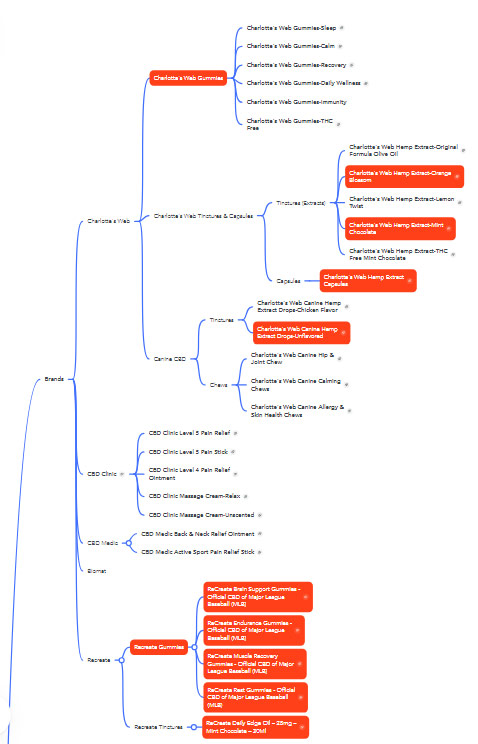
This is a sample mindmap you can build with MindMeister and for my diabetes project I’d have multiple tiered keywords:
- Diabetes
- gestational diabetes
- gestational diabetes symptoms
- gestational diabetes treatment
- gestational diabetes causes
- what to eat before gestational diabetes test
- what happens if you get gestational diabetes
- how does diabetes affect unborn baby
- gestational diabetes
I will write content for EACH main topic, even if I don’t expect to rank no.1 for diabetes alone or gestational diabetes causes.
But to build topical authority and set myself as an expert in this niche, I’ll need to write articles that address each possible angle.
3-Week Situation
As posted on my LinkedIn article, the first 3 weeks already saw a nice move upwards.
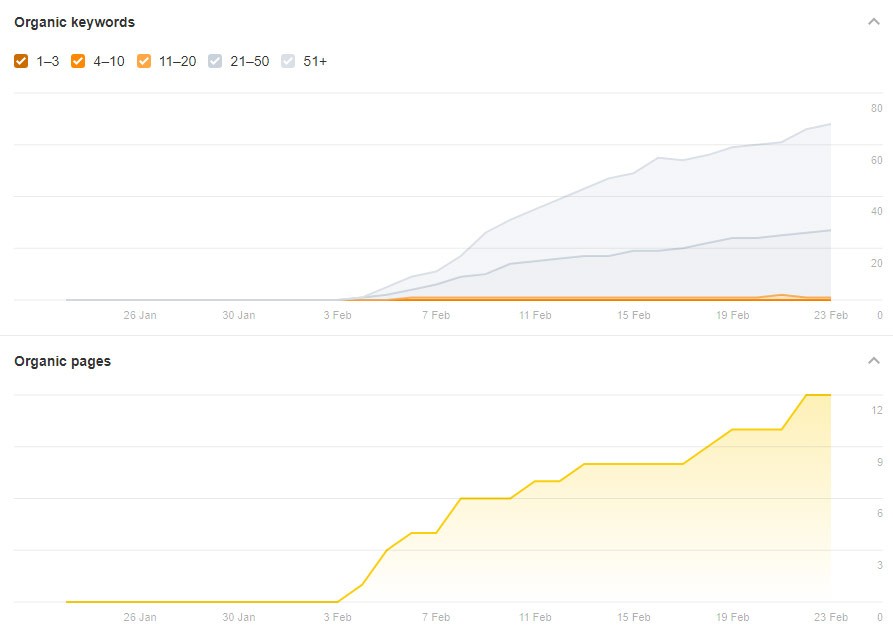
The posting spree started on February 3rd (as I forgot about my plan from late January) and Google Search Console started showing data in about 3 days.
Even now my articles get indexed either same-day or the next one, without needing to pay for Omega Indexer as I used to before.
Mind you, in the first month the website received NO LINKS at all, so it was virgin in Google’s eyes 🙂
What I Did in February
- Posted one article for each day, so we ended the month with 30 posts (one from January 24 and the 29 corresponding to the month of February);
- Thoroughly research EACH keyword and competitors who were ranking top 10-15, taking an extra look at small DR websites that rank because of their content not domain rating;
- Optimized each article based on my tedious but effective process to make sure it has the best chances to rank;
- Creating internal links (now my mind map is invaluable because I can easily find related articles, without wasting time);
- Submitting for indexation – we know how “fast” Google can be sometimes, especially with a brand new website, so giving it a nudge never hurt anyone;
- Kept track of all my work on the spreadsheet and then, as soon as I get some initial ranking data, I filled in the 28-day comparison, which links me directly to each page’s performance in GSC. Yes, I’m crazy enough to click on all of them and update my chart with average ranking positions, trends and other data.
This type of data tracking is something I also perform for my clients. Together with the ranking estimates from Ahrefs, I can know every moment where we have growth and what to do to improve their rankings.
While many SEO companies just set up 200 keywords at first and write content, without caring about the outcome, I take a more “reactive” approach and tweak my monthly strategies based on ranking data, new possible content gaps etc. As the SEO landscape keeps on evolving, our strategies should also be fast and effective.
You will see this type of approach in full swing in my March work, as I gather the first real comparison data and see how we do in the SERPs. I expect a lot of volatility, absolutely normal for a new website.
But I’ll make sure to counteract any ranking issue, re-optimize, and still post 31 brand-new articles.
This would be month 1 of our case study. Stay tuned for March!
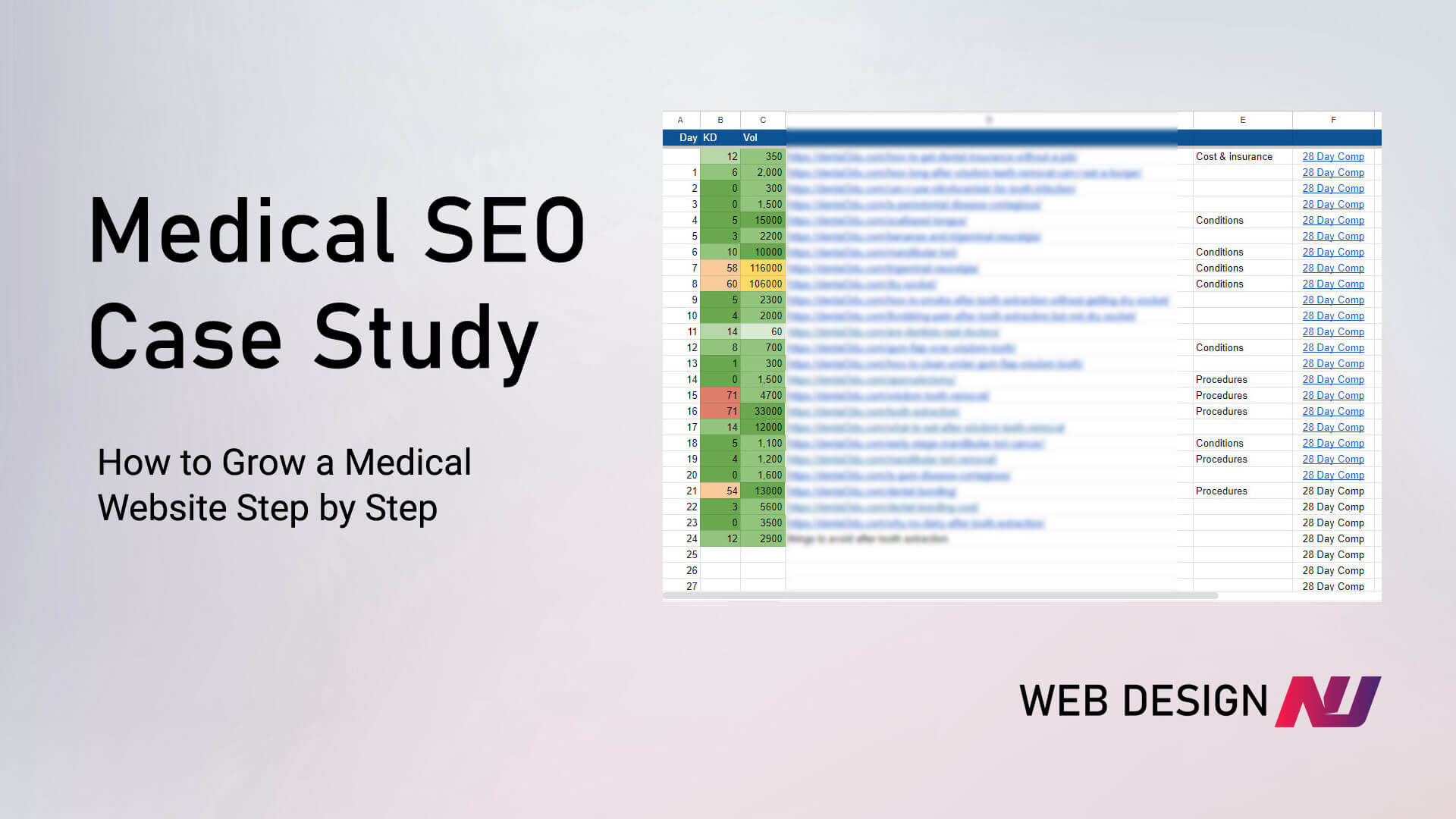

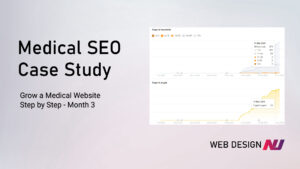
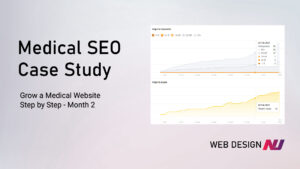

[…] Medical SEO Case Study – Month 1 […]